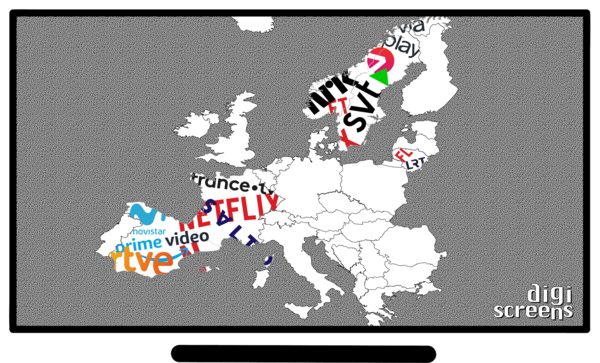
Our lab is growing! In our Three Questions series, we’re profiling each of our members and the amazing work they’re doing.

Our lab is growing! In our Three Questions series, we’re profiling each of our members and the amazing work they’re doing.
By Adapt Research & Islands for the Future of Humanity TLDR/Summary Our new research demonstrates that with relatively modest investments and strategic planning focused on urban/near-urban agriculture and local biofuel production, New Zealand could significantly enhance its food security resilience during global catastrophes. Our new research on urban and near urban agriculture for food security … Continue reading "Catastrophe-Proof Food Security for New Zealand: Blending Near-urban Agriculture, Strategic Crop Selection, and Biofuels as Insurance against Global Catastrophes"

adición (f.) 1. Introducción, durante el proceso de copia, de contenido que no aparece en el modelo. Si es involuntaria, constituye un → error; si es voluntaria y original, se considera una → interpolación;

The CHANSE ERA-NET project DIGISCREENS: “ Identities and democratic values on European digital screens: Distribution, reception, and representation ” is coming to an end in December 2025, and we would like to invite you to attend our final conference in Vilnius, Lithuania, on the 23rd and 24th of October . Confirmed keynotes: Cathrin Bengesser (Aarhus University) Ramon Lobato (Swinburne University of
When the current centre-right government coalition, supported by the far-right Sweden Democrats party, took office in Stockholm in October 2022, it announced a hardline “paradigm shift” in migration policy.
Marking our 25th anniversary, we launch the Crossref Metadata Awards to emphasise our community’s role in stewarding and enriching the scholarly record.
In my earlier note about how AI should unite conservation, I talked about the robust debate ongoing within Cambridge about whether or not we're too "AI obsessed" and are losing track of our goals in the rush to adopt learning algorithms. Jacqueline Garget has written a brilliant roundup about how colleages like Sam Reynolds, Chris Sandbrook and Sadiq Jaffer in the CCI are leading conversations to make sure we advance with eyes wide open.
Following our previous DNA Day 2025 post covering where we are in the T2T (telomere-to-telomer) genomes era, we have a second expert Q&A covering the topic, this time from Kateryna Makova on the challenges (and opportunities) of
Appalachian History Series Salt, Strategy, and Civil War Kentucky In the fall of 1862, the American Civil War surged into the salt‑rich hollows of Perry County. Confederate armies had just retreated from the state after the bloody Battle of Perryville, yet detachments and partisan bands lingered in the southeastern mountains, hunting provisions the South could no longer import. Chief among those essentials was salt. Without it, armies starved;
Appalachian History Series In the depths of the Great Depression, as rifle fire echoed through Harlan County’s hollows, a four‑page weekly tabloid fanned the flames of war.
Reposted from the original at https://blog.stephenturner.us/p/uv-part-3-python-in-r-with-reticulate. Two demos using Python in R via reticulate+uv: (1) Hugging Face transformers for sentiment analysis, (2) pyBigWig to query a BigWig file and visualize with ggplot2.